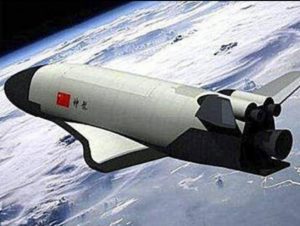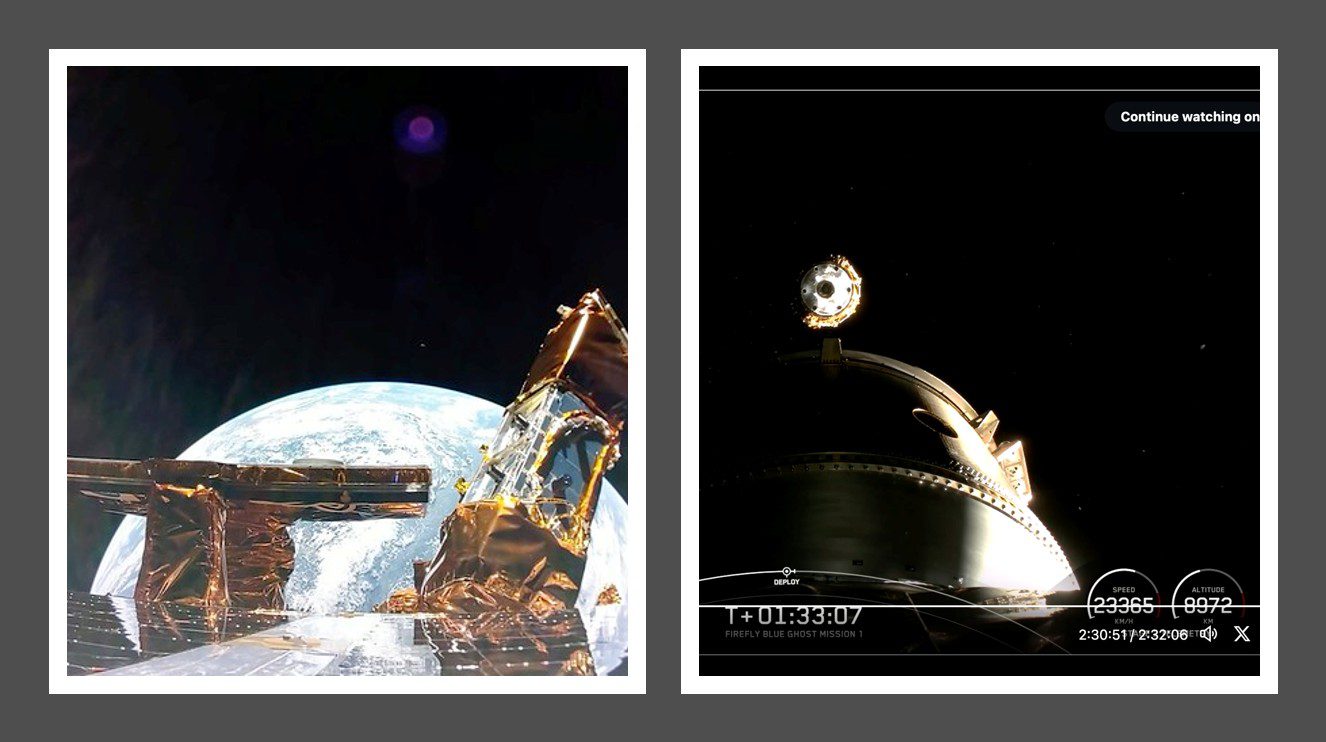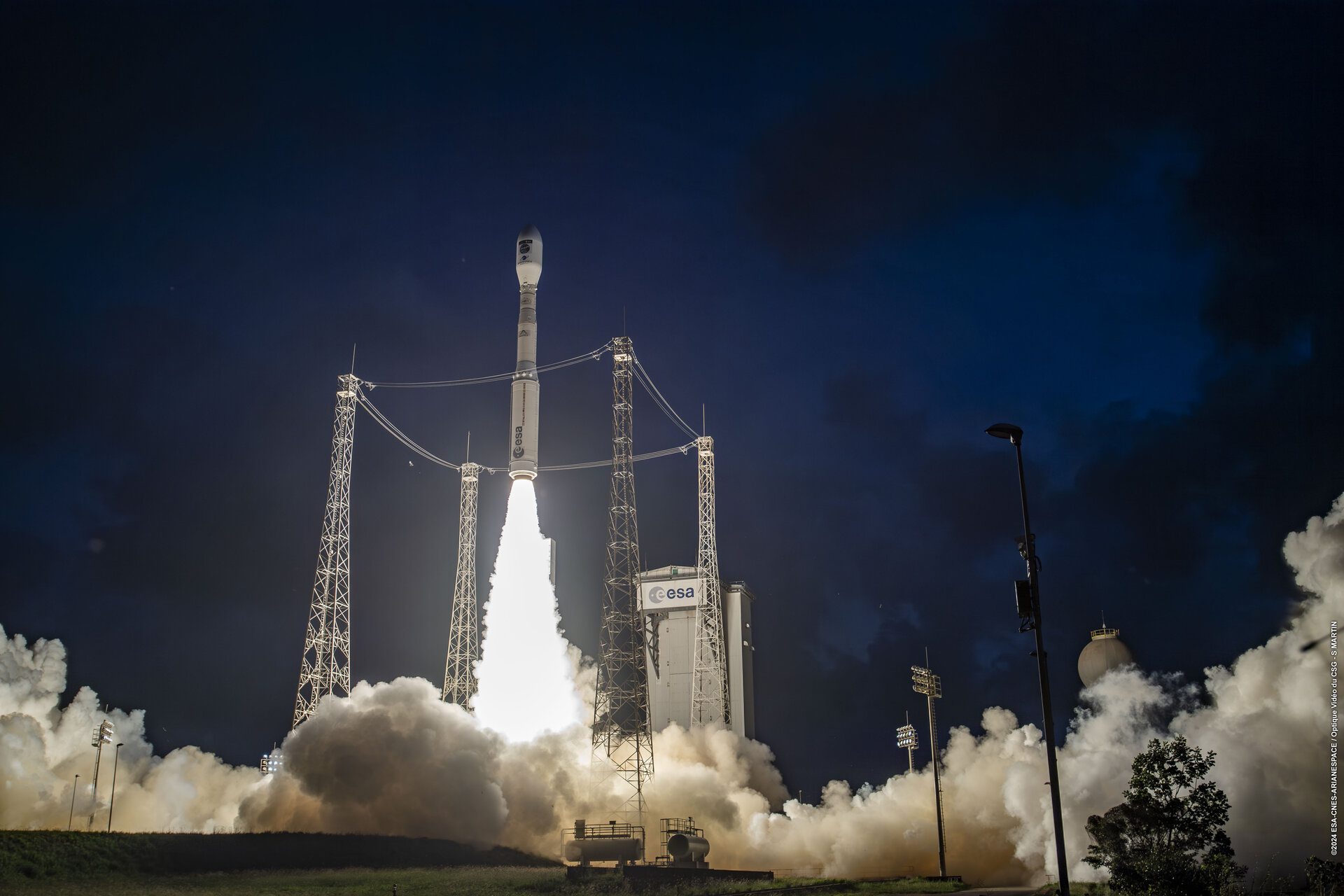After spending 276 days in orbit, China’s unmanned mini-shuttle/spaceplane, dubbed the CSSHQ 1, landed on 8 May following its second flight in orbit. No TV coverage of the landing was released, or even its landing time, but the China Aerospace Science and Technology Corp (CASC) made a formal announcement that a re-entry and landing had taken place, albeit with no indication of where.
The spacecraft was originally launched by a Long March 2F/T (CZ-2F/T) rocket from the Jiuquan launch site in the Gobi Desert on 4 August. Onboard the spacecraft was thought to be an inspection satellite – or possibly a converted service module – which detached from the spaceplane on 1 November, with a rendezvous on circa 25 November and again on 10 January, before appearing to redock/conjoin on 30 March. For most of the flight the spaceplane had been in a 606 x 595 km orbit inclined at circa 50 degrees. Then, on 13 or 14 April, the CSSHQ 1 reusable spaceplane (with the inspection subsat presumably aboard) lowered its orbit from 607 x 596 to 349 x 336 km before re-entering, probably late on the night of 7 May. Western analysts believe that the landing took place at Lop Nur military base in Xinjiang shortly after 0020 GMT on 8 May.
This second flight was much longer than the first mission of the CSSHQ 1 – the original flight was only in orbit for two days. And while that first flight also included an undocking of either an inspection satellite or a service module, it had no redocking. The spaceplane itself is believed to have an imaging capability either for military Earth imaging/reconnaissance or space situational awareness with telescopes/cameras being held in its payload bay. The craft is also thought to have an element of technology testing for future reusable shuttles linked to a two-stage reusable concept.







